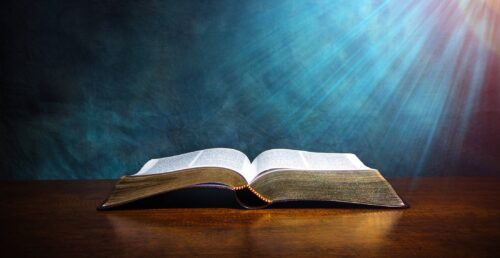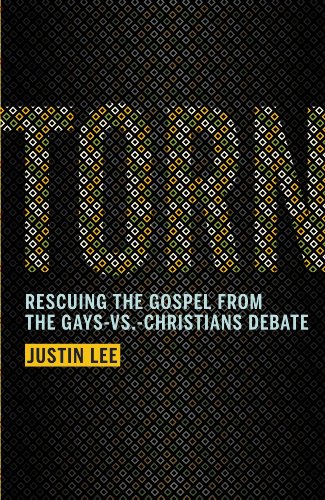This essay first appeared in our weekly Scripture reflection newsletter on June 14, 2025.
For Catholics, June is the Month of the Sacred Heart. For LGBTQ people, June is Pride month. (For LGBTQ Catholics, it’s both.) Furthermore, June is also the traditional month for ordinations to the priesthood, at least in the United States. In Jesuit provinces in the U.S., ordinations are usually scheduled for the second or third weekend of June.
This means that a newly ordained priest’s first Mass often falls on one of two important Solemnities: The Solemnity of the Most Holy Trinity (Holy Trinity Sunday) or the Solemnity of the Most Holy Body and Blood of Jesus (Corpus Christi Sunday). And the rueful observation among many newly ordained priests is that both feasts present a challenge for preachers. “When it comes to homilies,” as a friend once said, “I don’t know what’s harder to explain—transubstantiation or the Trinity. And for your First Mass!”
I would say that the Trinity, the focus of our readings this Sunday, is the harder concept to explain. Catholics believe in a God who is one, of course, but also three “persons” (even that highly philosophical language is inadequate). The Son, as we know from the Creed, is “begotten” by the Father; the Spirit “proceeds from the Father and the Son.” (Whole councils met to decide on that theological language.) It’s a mystery if there ever was one. So is there anything we can know about the Trinity?
The three readings for today’s Solemnity can help us begin to navigate the depths of the Most Holy Trinity—from the standpoint of the human experience.
A good place to begin are the three readings for today’s Solemnity, which can help us begin to navigate the depths of the Most Holy Trinity—from the standpoint of the human experience. The first reading, from the Book of Proverbs, speaks of the Father who “established the heavens … marked out the vault over the face of the deep …. made firm the skies … fixed the foundations of the earth … and set the sea for its limit.” This is the Creator God who is described as a “craftsman.”
The second reading focuses on the Second Person of the Trinity. We have been justified, says St. Paul in his letter to the Romans, and have found peace with God “through our Lord Jesus Christ.” God has fully and definitively become human in Jesus Christ, who is present to us today through the Holy Spirit.
Finally, the Gospel reading has Jesus speaking of the coming of the “Spirit of Truth”—also known as the Paraclete, the Advocate or the Holy Spirit—who will guide the disciples to “all truth.”
The three readings are not simply three places where the Bible speaks about the Father, the Son and the Holy Spirit, but rather revelatory examples of how human beings have experienced and continue to experience the mystery of the Trinity.
As I see it, the three readings are not simply three places where the Bible speaks about the Father, the Son and the Holy Spirit, but rather revelatory examples of how human beings have experienced and continue to experience the mystery of the Trinity. (Now I’m about to talk about the different “persons” but remember that each person is fully present in each other.)
First, as we look about the natural world, we see God’s handiwork in creation. My sense is that when believers talk about the one who “established the heavens” they are usually speaking about the Father. Next, humanity (thousands of people in first-century Galilee and Judea) experienced the Trinity as the Son, our Lord Jesus Christ. It was an immediate experience with the Father and the Spirit. Finally, today we experience God mainly through the Holy Spirit, who encourages us, nourishes us and overall “in-spires” us, in the original sense of the word—or rather the Word.
The Trinity is relational: It’s about the relationships among the three persons, but it’s also about how the Trinity relates to us and how we relate back.
So while the Trinity is a complicated theological reality, it’s also something that makes sense if we reflect on the human encounter with God over the course of salvation history. The Trinity is relational: It’s about the relationships among the three persons, but it’s also about how the Trinity relates to us and how we relate back. A good way to understand the Trinity, then, is through our experience of it.
What does this have to do with our daily lives? Simply that the awesome majesty of the Most Holy Trinity is available to you, with Father continuing to create in you, the Son continuing to redeem you and the Spirit continuing to inspire you. It may be difficult to understand, but the Holy Trinity is in relationship with you all the same—creating, redeeming and inspiring you.
Happy Solemnity!



